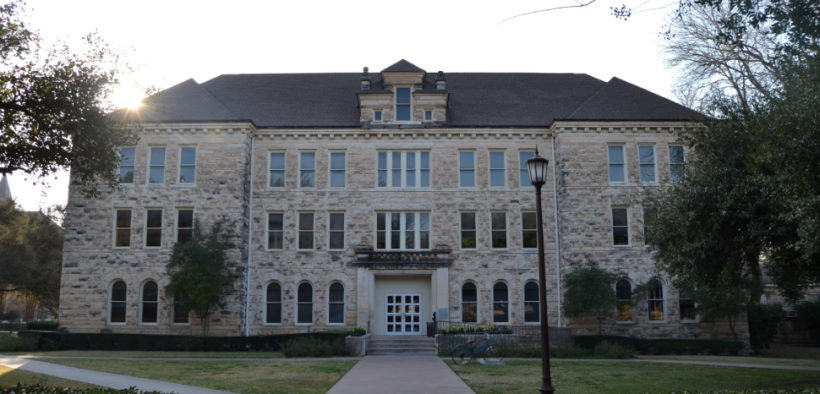Brown Symposium: Art and Revolution-Exploring Artistic Inclusivity in Reality
Share

By Natalie DeCesare
The 38th Brown Symposium will explore the intersections of art and revolution in a two –part series presented as a Keynote Colloquium November 4 and an official symposium March 1 to 3. On a biannual basis, the symposium addresses themes of humanity still prevalent today by featuring interactions with distinguished speakers. Southwestern Professor Michael Cooper developed the Art and Revolution themed symposium to invite a conversation about artistic contributions to revolutions, while Professor Katy Ross organized the precursor event, Language and Revolution: How Words Change the World.
The three speakers of the Keynote Colloquium will entertain the value of language-driven revolutions and participate in a round-table talk and book signing.
“Each speaker brings a new idea as to what revolution means within the context of language, but especially through the use of language as an art form. For example, Spanish author Flavia Company will talk about how language creates artistic worlds; Dr. David Harrison will address the danger of languages becoming extinct; and alumni speaker Farhana Qazi will speak to the power behind storytelling as a way to incite revolution,” Ross said.
Then in March 2017, five guests will engage all those interested in enriching their perspective of the artistic world’s relationship to the ‘real world’ and the unbreakable tie between the two.
“In today’s world, there’s a perception of art as accessories separate from the real world, as in revolutions. Historically, artists have always been part of the public of revolutions and addressed such movements. Arts are not separate from the real world. They are things that moved and shape the real world, and the real world shapes artists,” Cooper said.
The symposium uniquely positions participants in an open and egalitarian conversation with speakers through public salons. These salons will serve as inclusive roundtables for audience and speaker participation and raise public dialogue of possibly divisive concepts in art and revolution.
“In our public salons, the conversation will begin on stage with SU students and faculty. Then those people and conversations will move into the audience and become an open discourse, breaking the 4th wall common to most forums,” Cooper said..
One opportunity during the symposium will be attending world-renown Guest Professor and artist Luis Camnitzer’s art exhibit. His exhibit will connect the language of art to the visualization of art as a revolution within itself, negating the misconception that art is merely a reaction to an already established movement. On the contrary, Camnitzer’s art follows his concept of “This is a mirror. It is a written sentence.”
“What if you make art the mind shape itself instead of art shaping people’s minds? I am a revolution. Artistic revolution is an ends and its own means. Camnitzer represents conceptual art where revolutions take place in the eyes of the viewer,” Cooper said.
These and other questions will facilitate the interrelations among oneself as an artist, one’s art, and one’s reality. Prior to the symposium, students and faculty can access the works of all guest speakers through the live Brown Symposium page on Southwestern’s website.
“It is of, about, and for SU students and community. It’s an integral part of Southwestern studies and things that happen off-campus. The symposium should sharpen who you are once it’s finished. If people feel enriched by this event, I will be very happy,” Cooper said.
